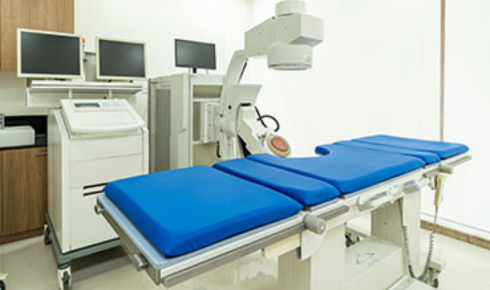Infertility treatments have come a long way. From early herbal remedies to modern medicine, the journey has been remarkable. Today, I look at the future of these treatments and what we might expect. Advances like the San Diego hysteroscopy are paving the way for more effective solutions. New techniques, emerging technologies, and innovative research are on the horizon. Let’s explore how these developments might shape the future.
New Technologies on the Rise
Technology is a key player in the evolution of infertility treatments. Innovations are not just about improving success rates but also about making the journey more accessible and comfortable. Let’s take a look at three promising technologies:
- Genetic Screening: Advances in genetic screening allow for more precise embryo selection. This increases the likelihood of a successful pregnancy. The CDC provides more information on genetic testing and its benefits.
- Artificial Intelligence: AI helps in analyzing large data sets to predict outcomes and tailor treatments. This personalized approach can save time and reduce emotional strain.
- 3D Printing: It sounds futuristic, but 3D printing is making waves. From creating synthetic ovaries to printing reproductive tissues, the potential is enormous.
Data Table: Current vs. Future Technologies
| Technology | Current Application | Future Potential |
| Genetic Screening | Embryo selection | Comprehensive genetic profiles |
| Artificial Intelligence | Data analysis | Predictive modeling and customized plans |
| 3D Printing | Prototypes | Functional reproductive tissues |
New Approaches to Patient Care
Future infertility treatments will not only focus on technologies but also on enhancing patient care. Here are three areas to watch:
- Emotional Support: Integrated mental health support is becoming standard practice. Understanding the emotional challenges can improve overall treatment outcomes.
- Holistic Health: Emphasizing nutrition, exercise, and stress management complements medical treatments. This holistic approach fosters a healthier body for conception.
- Telemedicine: Remote consultations and monitoring are making care more accessible. Patients can receive guidance without frequent clinic visits. This is especially beneficial for those in rural areas.
The Role of Research in Shaping the Future
Continuous research is crucial in advancing infertility treatments. Studies funded by institutions like the National Institutes of Health provide insights into new methods and technologies. Ongoing research focuses on understanding the root causes of infertility better, which can lead to more targeted therapies.
Challenges Ahead
While advancements are promising, challenges remain. Ethical considerations, cost, and accessibility are significant hurdles. Addressing these issues is vital to ensure that new treatments benefit everyone who needs them. Policymakers and healthcare providers must work together to create equitable solutions.
Conclusion
The future of infertility treatments is bright. With technological innovations, improved patient care, and ongoing research, I see a future where more families can achieve their dreams. Though challenges exist, the path forward is paved with hope and possibility.





